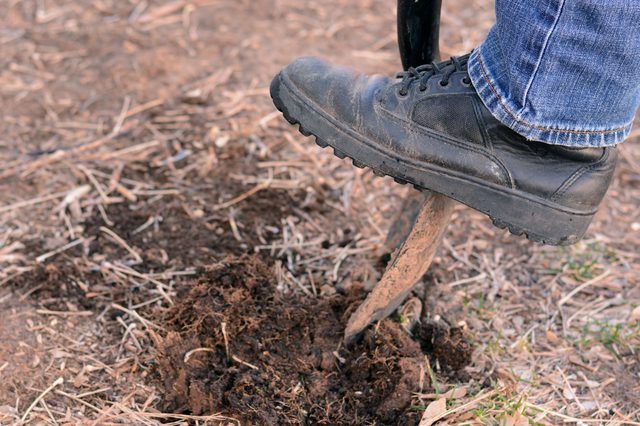Bulbs
Flower Basics
Flower Beds & Specialty Gardens
Flower Garden
Garden Furniture
Garden Gnomes
Garden Seeds
Garden Sheds
Garden Statues
Garden Tools & Supplies
Gardening Basics
Green & Organic
Groundcovers & Vines
Growing Annuals
Growing Basil
Growing Beans
Growing Berries
Growing Blueberries
Growing Cactus
Growing Corn
Growing Cotton
Growing Edibles
Growing Flowers
Growing Garlic
Growing Grapes
Growing Grass
Growing Herbs
Growing Jasmine
Growing Mint
Growing Mushrooms
Orchids
Growing Peanuts
Growing Perennials
Growing Plants
Growing Rosemary
Growing Roses
Growing Strawberries
Growing Sunflowers
Growing Thyme
Growing Tomatoes
Growing Tulips
Growing Vegetables
Herb Basics
Herb Garden
Indoor Growing
Landscaping Basics
Landscaping Patios
Landscaping Plants
Landscaping Shrubs
Landscaping Trees
Landscaping Walks & Pathways
Lawn Basics
Lawn Maintenance
Lawn Mowers
Lawn Ornaments
Lawn Planting
Lawn Tools
Outdoor Growing
Overall Landscape Planning
Pests, Weeds & Problems
Plant Basics
Rock Garden
Rose Garden
Shrubs
Soil
Specialty Gardens
Trees
Vegetable Garden
Yard Maintenance
The Best Time to Seed a Lawn
The Best Time to Seed a Lawn. Adding fresh seed to a lawn is the cheapest and easiest way to keep it healthy and looking good. The young plants that germinate out of grass seeds are very fragile---and can easily die if they are stressed. Timing is crucial.
Adding fresh seed to a lawn is the cheapest and easiest way to keep it healthy and looking good. The young plants that germinate out of grass seeds are very fragile---and can easily die if they are stressed. Timing is crucial.
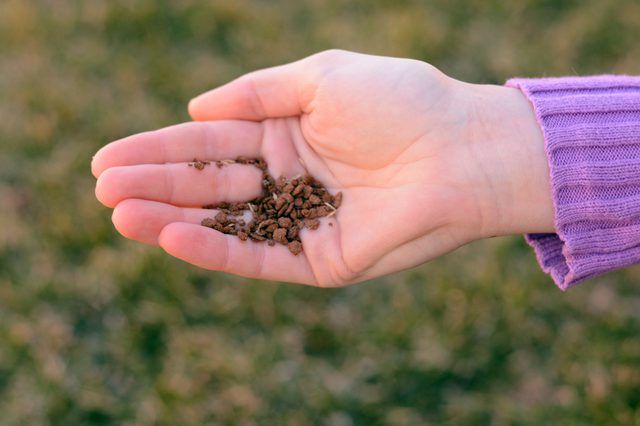
Grass seeds grow best when they will be warm, but not exposed to too much heat. Soil temperatures need to be above 55 degrees Fahrenheit, and there should be no risk of frost.
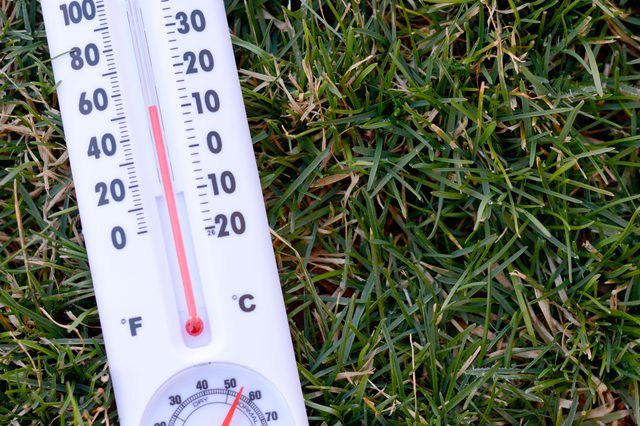
Another argument for cooler weather planting is that grass seeds need to stay damp through their entire germination period. This can be anywhere from a few days to 3 weeks depending on the grass variety. Plan to water your seeds daily.
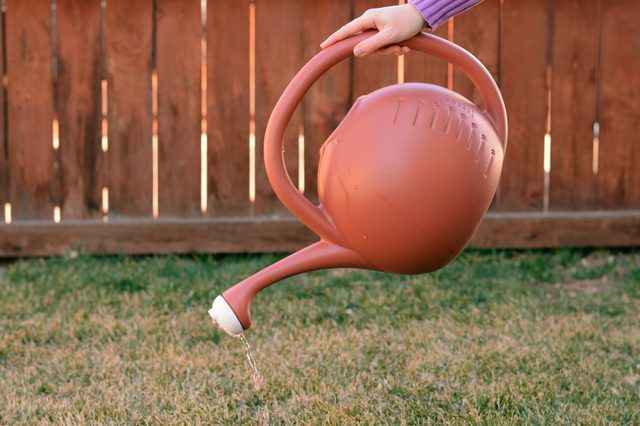
Scattering grass seed on an established lawn, or overseeding, can fail if the grass seeds do not make contact with the soil. You can help the seeds meet the soil by seeding when the grass is short, like on mowing day. Seed instructions usually suggest that the new grass stays uncut until it reaches 3 inches high.
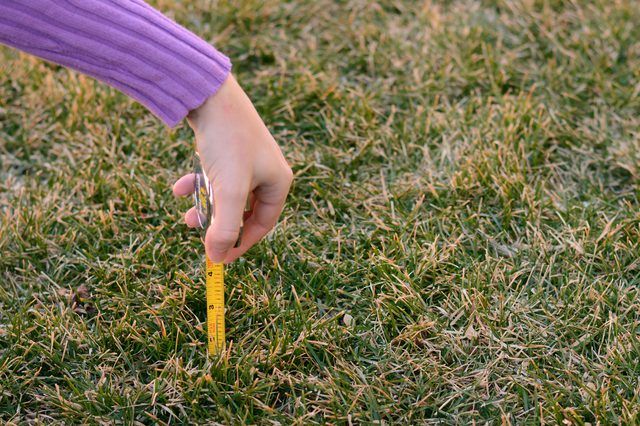
Seeding grass can be difficult if the ground is compacted or covered with thatch. If you plan to aerate or dethatch, include overseeding as part of that activity. Some dethatching machines have seed hoppers attached to make this a one-step operation.
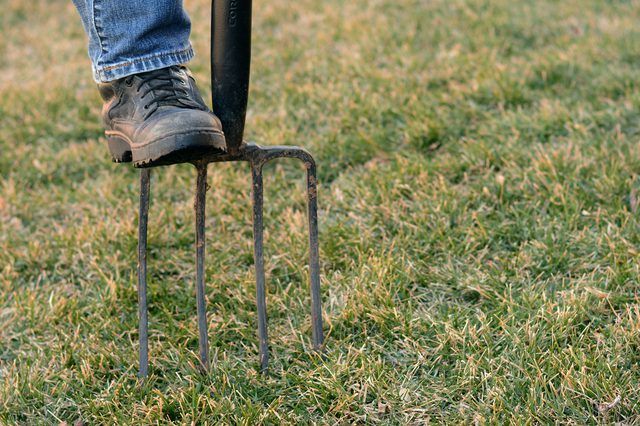
If you're planting new grass in a large area or doing patch work on bare soil, make sure the ground is prepared. The soil should be loosened 2 to 4 inches deep for planting new grass.
